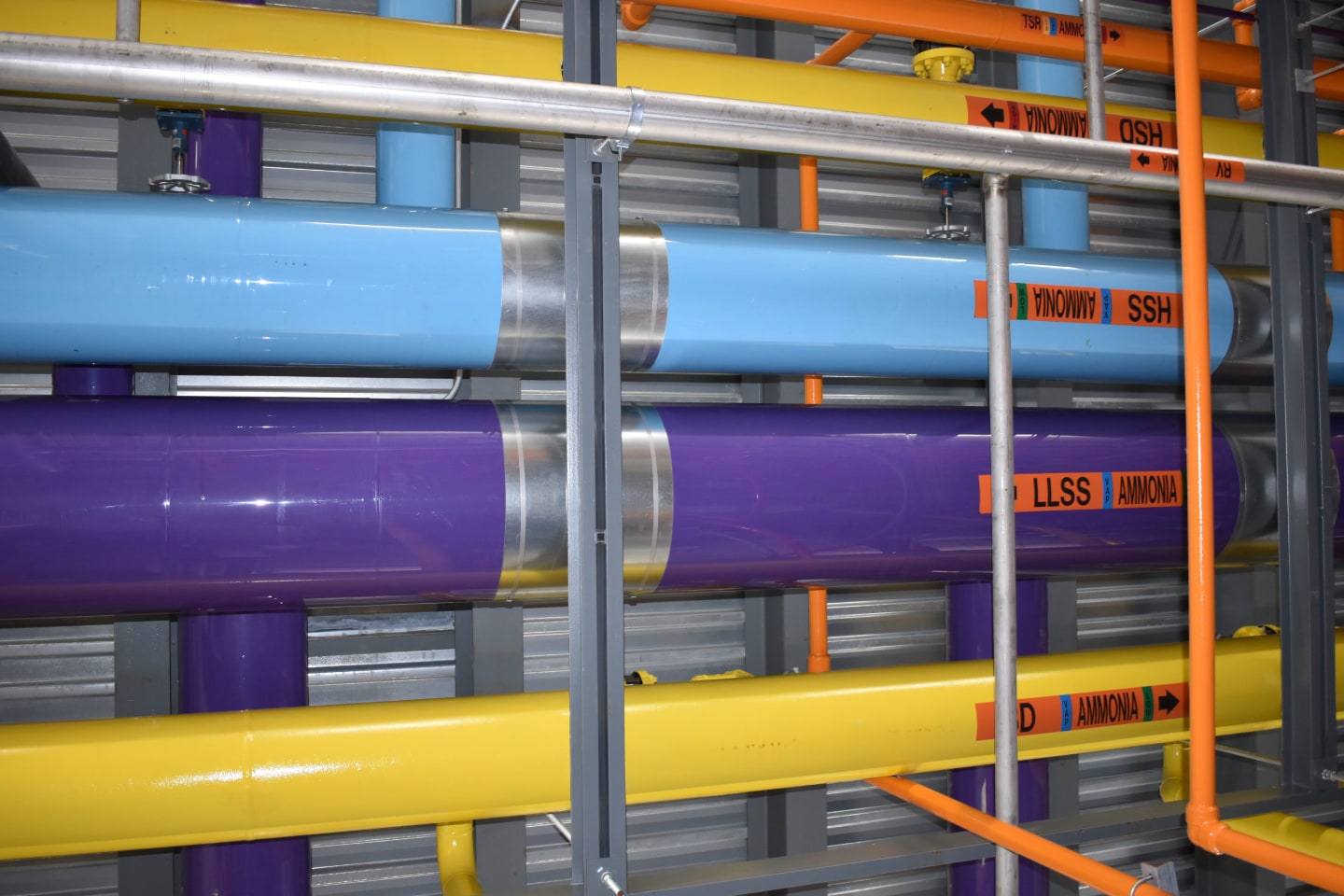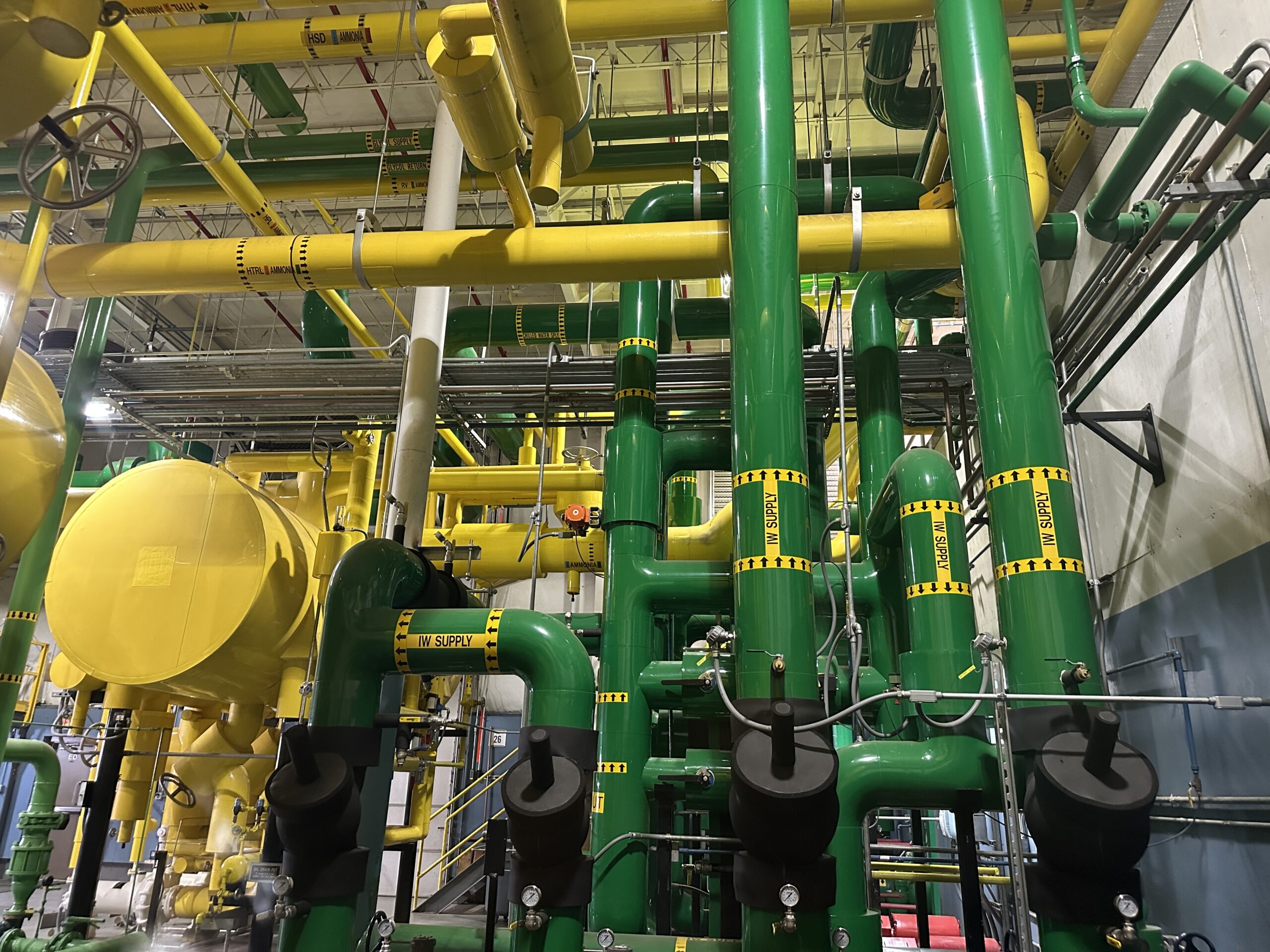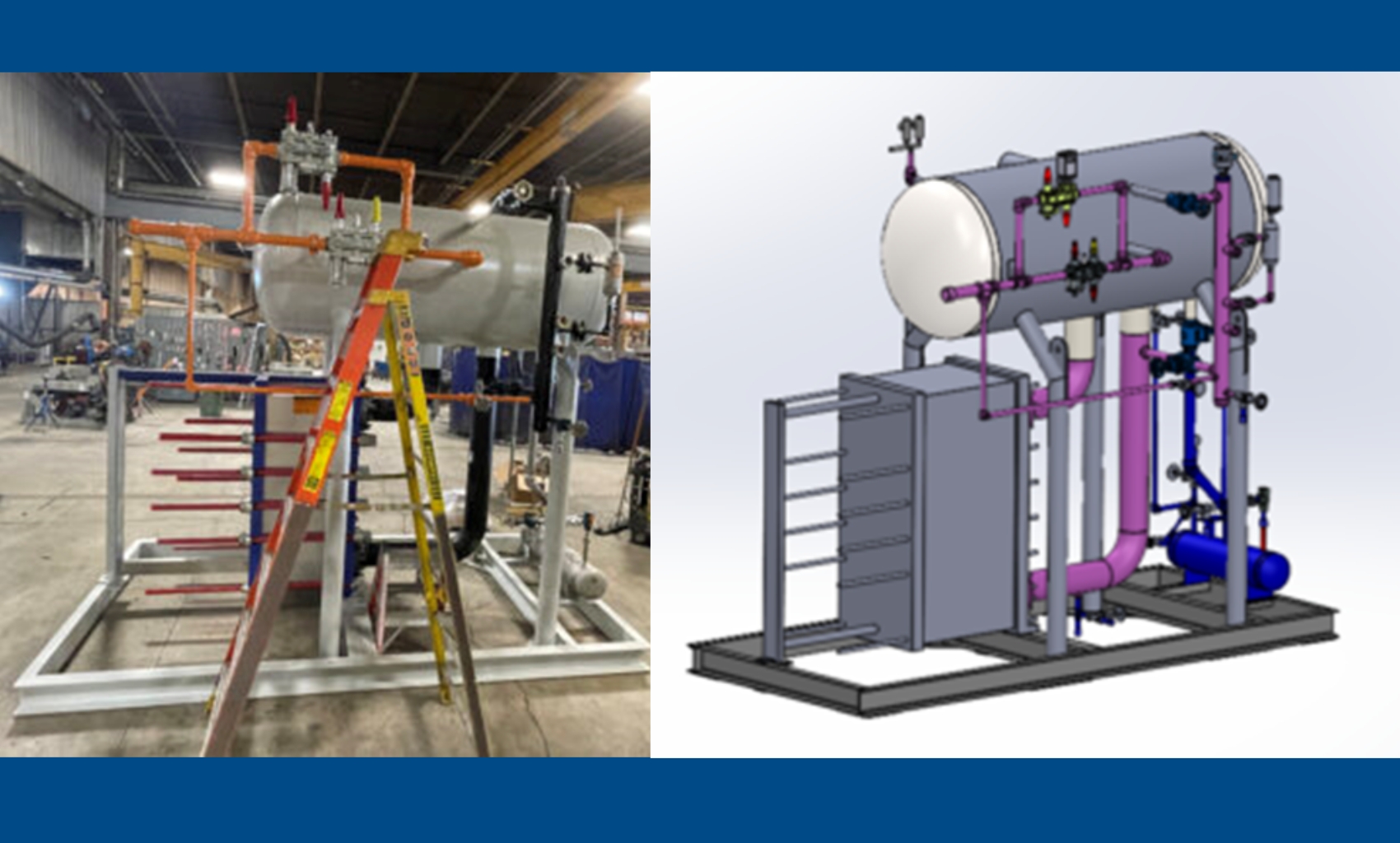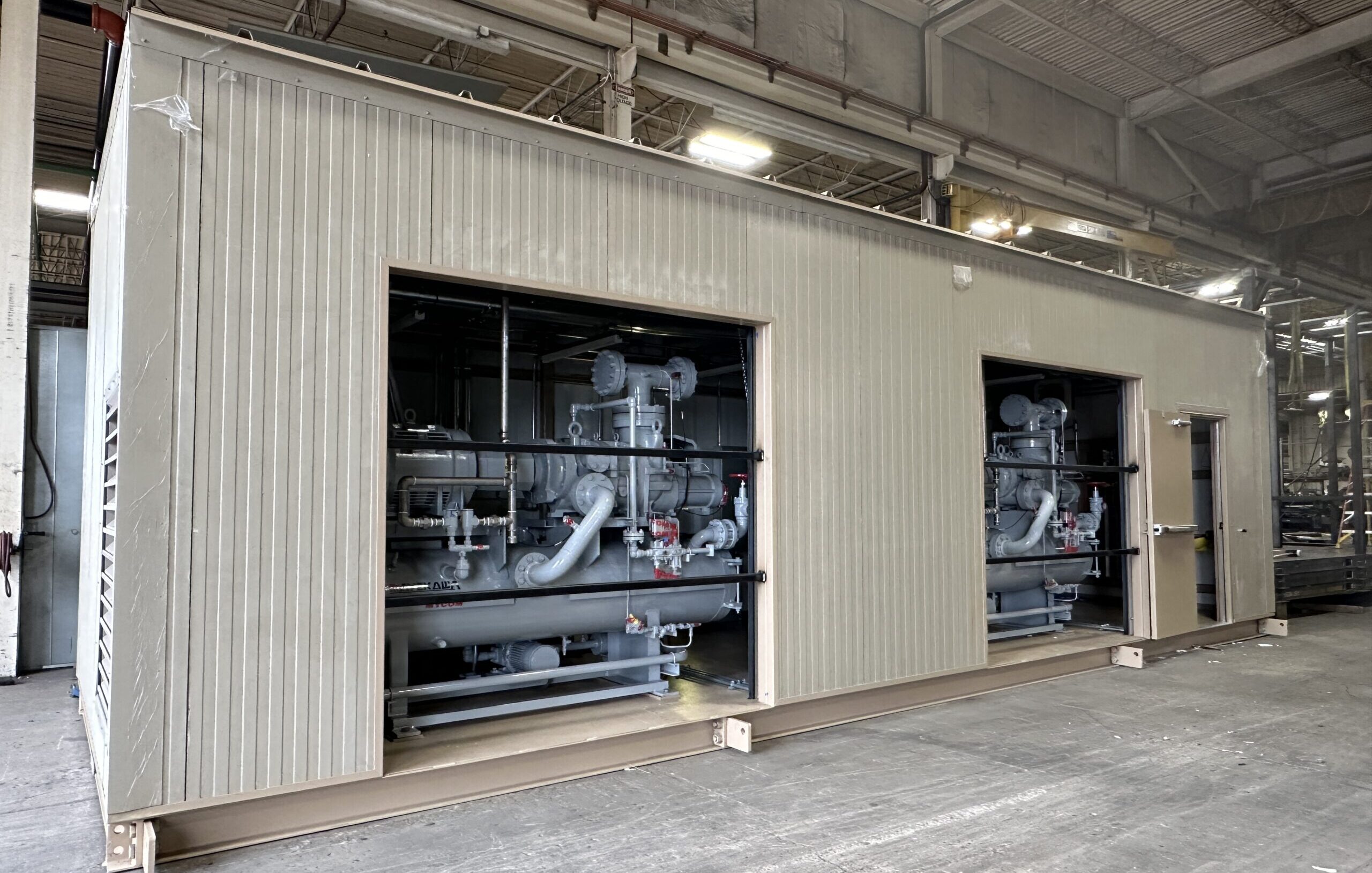The future depends on the sustainable work we do today. In recent years, the ‘sustainability’ buzzword has become part of everyday vocabulary, be it corporate or consumer. Sustainable organizations strive to balance people, planet, and profit to achieve long-term success and viability. In the industrial refrigeration market, sustainability is an important key to the safe and effective use of natural refrigerants like anhydrous ammonia.
AMMONIA AS A NATURAL REFRIGERANT
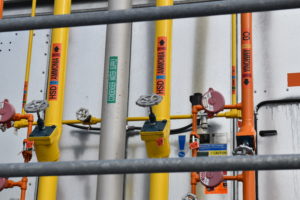 Through the years, the food and beverage industry has welcomed the use of ammonia as an effective refrigerant. The American Society of Heating, Refrigerating and Air-Conditioning Engineers (ASHRAE), describes natural refrigerants as “vital” in their role in society by their use in systems to preserve food and produce ice, to condition space for human welfare and controlled environments, and to support industrial processes. As the world becomes more aware of the environmental consequences of refrigerants, fewer and fewer CFCs and HCFCs are available for use as refrigeration companies are looking to ammonia as a more effective replacement.
Through the years, the food and beverage industry has welcomed the use of ammonia as an effective refrigerant. The American Society of Heating, Refrigerating and Air-Conditioning Engineers (ASHRAE), describes natural refrigerants as “vital” in their role in society by their use in systems to preserve food and produce ice, to condition space for human welfare and controlled environments, and to support industrial processes. As the world becomes more aware of the environmental consequences of refrigerants, fewer and fewer CFCs and HCFCs are available for use as refrigeration companies are looking to ammonia as a more effective replacement.
“As a refrigerant, ammonia has many advantages. The one major advantage is that it is safe for the environment, with a zero rating for both ozone depletion potential and global warming potential” said Marcus Fulcer, Refrigeration Solutions Manager.
Ammonia, one of the most common compounds found in nature, is essential to the earth’s nitrogen cycle and its release in the atmosphere is immediately recycled. There are several additional reasons for use of ammonia as a natural refrigerant:
- Ammonia is a more cost-effective solution than CFCs and HCFCs.
- Ammonia is 3-10% more efficient than CFCs, so an ammonia-based system requires less electricity, resulting in reduced energy usage and operating costs.
All of that adds up to lower operating costs for food processors and cold storage facility operators, and that means lower grocery bills for the average household.
The caution associated with the use of ammonia is its toxic effect at high concentrations; however, the risk is somewhat mitigated by its pungent smell alerting people of its existence even at lower concentrations. Ammonia refrigeration systems with 10,000 pounds (approximately 2000 gallons) or more of ammonia are subject to the requirements of the Occupational Safety and Health Administration (OSHA) Process Safety Management (PSM) Standard helping to support safe and effective use.
Learn the importance of immediate ammonia response in the case of a leak.
AMMONIA REFRIGERATION SYSTEM EXPERTS
Our long history of ensuring the successful engineering and construction of industrial refrigeration systems is complemented by our involvement in the IIAR Academy of Natural Refrigerants. Our team of refrigeration engineers has numerous IIAR certificates. This program provides an impartial means to verify mastery of the refrigeration industry’s best practices and standards. The first certificate program focused on the safe design of ammonia systems with additional certificates available for installation of systems, inspection, testing and maintenance, and safety requirements.
Working with a mechanical contractor whose team of engineers holds IIAR certificates is especially important for facility owners, as they are responsible for the safety of their facility and the impact of safe design practices in the community. Several of our members also sit on Committees and the Board for IIAR which demonstrates Bassett’s proactive commitment to training and creating the evolving industry standards, best practices, regulations, and codes.
“With over 85 years of experience and dedication to continuing education, we know what it takes to build a system for safe, efficient, and problem-free operation and always have the customer’s needs at the top of our list,” said Dave Schaefer, Chief Refrigeration Engineer, Chair of the IIAR Ammonia Research Foundation and IIAR Immediate Past-Chair.
FOCUS ON SUSTAINABILITY FROM START TO FINISH
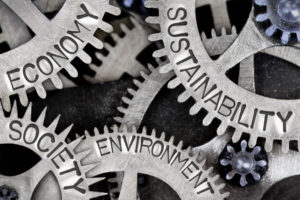 Our customer’s journey throughout the project process is important to us. The first step in this journey is to listen to our customer’s unique situations. We get to know their company, facility, and goals so we can help create a solution that is specifically tailored to their needs. This process includes asking questions that help us understand how sustainability may play a role in the new project.
Our customer’s journey throughout the project process is important to us. The first step in this journey is to listen to our customer’s unique situations. We get to know their company, facility, and goals so we can help create a solution that is specifically tailored to their needs. This process includes asking questions that help us understand how sustainability may play a role in the new project.
Through our engineering and virtual design and construction, we maximize our project efficiency and quality for the customer. Our engineers can design a system with awareness of space constraints and existing equipment or structural components while still making sure the system is functioning at a high level. Early design coordination efforts help to minimize costly onsite installation changes and provide our field and manufacturing teams with accurate information for the prefabrication, layout, and installation. This results in better control of materials, achieving our completion goal (or sooner) as well as potential cost savings for the customer as we can get them up and running faster.
In large facilities, systems are often complex and need to work efficiently to be effective and minimize wasted energy. Our controls teams can build a customized system with remote access from anywhere to support visibility to opportunities for system efficiencies, that without this visibility could have gone unnoticed. Do your head pressures need to be lowered? Do your compressors need to be sequenced? Could your equipment run at a more optimal time? All these questions can be discovered through a control system resulting in reduced energy costs, increased productivity, and improved building operations.
No matter how sustainable a system may have been in the original design and construction, it must be operated responsibly and maintained properly to continue to function as designed. Environmentally, maintenance can improve air quality, reduce emissions, and reduce waste. It can also prolong equipment lifespans and reduce energy and water consumption. Economically, maintenance reduces costs, improves utilization, and aids with compliance. In some instances, preventative maintenance can save up to 12% of costs and decrease downtime by up to 45%.
THE FUTURE OF NATURAL REFRIGERANTS
Natural refrigerants are a “future proof” option for industries amid increasing refrigerant regulations. Transitioning to climate-friendly natural refrigerants is one of the single most effective ways to reduce greenhouse gas emissions and can be considered one of the most cost-effective climate mitigation strategies available.
Whether you need a new refrigeration system or a retrofitted system, PLC controls, PSM compliance, or service, we’re your single-source provider to design your system, fabricate essential components, minimize downtime through efficient installation, and provide service and communication to educate you on ammonia refrigeration systems. For years to come, we will continue to demonstrate practices and processes that contribute to the long-term economic, social, and environmental well-being of our customers and our communities.

